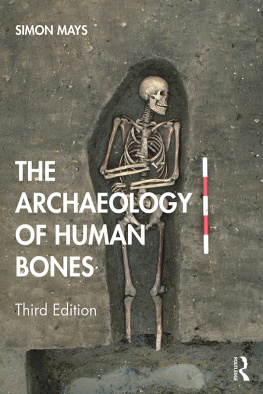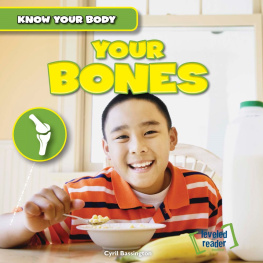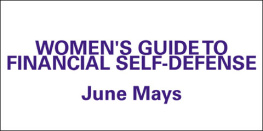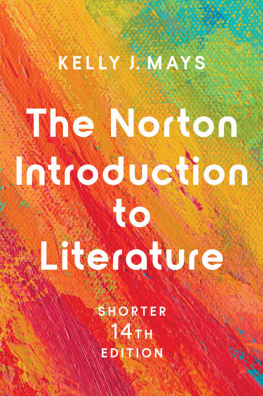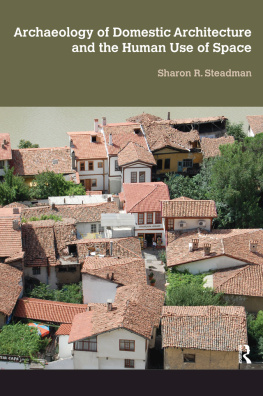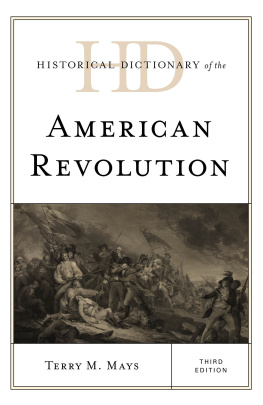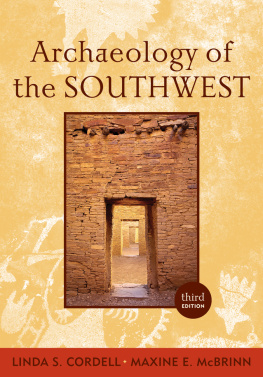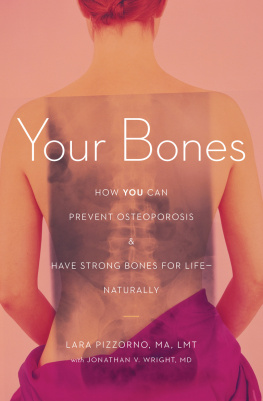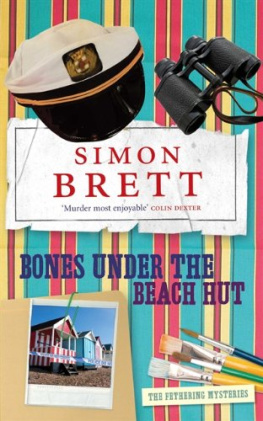The Archaeology of Human Bones
The Archaeology of Human Bonesprovides an up to date account of the analysis of human skeletal remains from archaeological sites, introducing students to the anatomy of bones and teeth and the nature of the burial record.
Drawing from studies around the world, this book illustrates how the scientific study of human remains can shed light upon important archaeological and historical questions. This new edition reflects the latest developments in scientific techniques and their application to burial archaeology. Current scientific methods are explained, alongside a critical consideration of their strengths and weaknesses. The book has also been thoroughly revised to reflect changes in the ways in which scientific studies of human remains have influenced our understanding of the past, and has been updated to reflect developments in ethical debates that surround the treatment of human remains. There is now a separate chapter devoted to archaeological fieldwork on burial grounds, and the chapters on DNA and ethics have been completely rewritten.
This edition of The Archaeology of Human Bonesprovides not only a more up to date but also a more comprehensive overview of this crucial area of archaeology. Written in a clear style with technical jargon kept to a minimum, it continues to be a key work for archaeology students.
Simon Maysis currently Human Skeletal Biologist for Historic England, based in Portsmouth, UK. He is also a Visiting Lecturer at the Department of Archaeology, University of Southampton, and a Honorary Fellow at the School of History, Classics and Archaeology, University of Edinburgh. His research interests span all areas of archaeological human skeletal remains. Previous books include Advances in Human Palaeopathology(2008) edited with Ron Pinhasi, and The Bioarchaeology of Metabolic Bone Disease, 2nd edition (2020) authored with Megan Brickley and Rachel Ives.
Third edition published 2021
by Routledge
2 Park Square, Milton Park, Abingdon, Oxon OX14 4RN
and by Routledge
52 Vanderbilt Avenue, New York, NY 10017
Routledge is an imprint of the Taylor & Francis Group, an informa business
2021 Simon Mays
The right of Simon Mays to be identified as author of this work has been asserted by him in accordance with sections 77 and 78 of the Copyright, Designs and Patents Act 1988.
All rights reserved. No part of this book may be reprinted or reproduced or utilised in any form or by any electronic, mechanical, or other means, now known or hereafter invented, including photocopying and recording, or in any information storage or retrieval system, without permission in writing from the publishers.
Trademark notice: Product or corporate names may be trademarks or registered trademarks, and are used only for identification and explanation without intent to infringe.
First edition published by Routledge 1998
Second edition published by Routledge 2010
British Library Cataloguing-in-Publication Data
A catalogue record for this book is available from the British Library
Library of Congress Cataloging-in-Publication Data
Names: Mays, Simon, author.
Title: The archaeology of human bones / Simon Mays.
Description: Third edition. | New York : Routledge, 2021. | Includes bibliographical references and index.
Identifiers: LCCN 2020029176 (print) | LCCN 2020029177 (ebook) | ISBN 9781138045606 (hardback) | ISBN 9781138045675 (paperback) | ISBN 9781315171821 (ebook)
Subjects: LCSH: Anthropometry. | Human remains (Archaeology)-Methodology. | Paleopathology.
Classification: LCC GN70 .M39 2021 (print) | LCC GN70 (ebook) | DDC 599.9/4-dc23
LC record available at https://lccn.loc.gov/2020029176
LC ebook record available at https://lccn.loc.gov/2020029177
ISBN: 978-1-138-04560-6 (hbk)
ISBN: 978-1-138-04567-5 (pbk)
ISBN: 978-1-315-17182-1 (ebk)
To Bonnie, who had an enthusiasm for bones
Archaeology is about people and how they lived in the past. The study of the physical remains of those people therefore forms a key part of the discipline. This primarily involves the analysis of skeletal remains (osteoarchaeology), as bones and teeth are the only human remains that survive in most circumstances.

